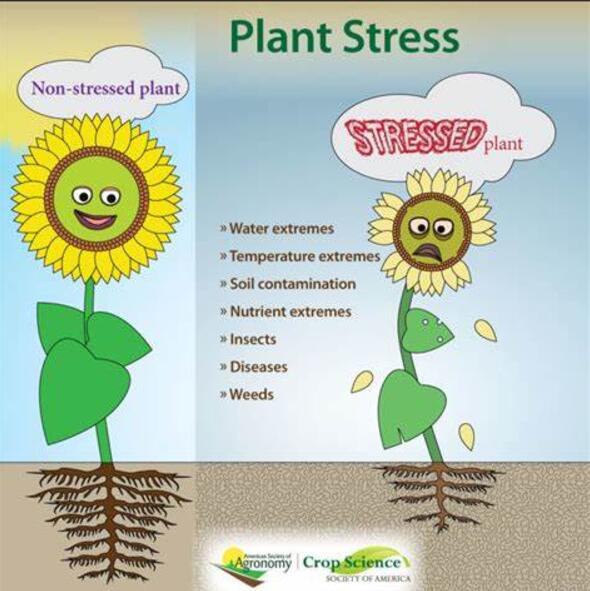Mapping QTLs for aluminium and phosphorus tolerances at seedling and reproductive stages in lentil (Lens culinaris Medikus)
IF 6.8
Q1 PLANT SCIENCES
引用次数: 0
Abstract
Aluminium toxicity and phosphorus deficiency are primary limitations to crop yield under acidic soil conditions. Developing aluminium (Al) and phosphorous (P) stress tolerant cultivars is one of the effective way to increase plant productivity under acidic soils. Hence, the present study was conducted at 6 different acidic environments during 2020–21 and 2021–22 to map quantitative trait loci (QTLs) associated with Al and low P tolerances in 150 F7 recombinant inbred lines derived from BM-4 (Al-sensitive) x L-4602 (Al-tolerant) genotypes. Sixteen morpho-physiological and yield related traits were studied in response to Al and P stresses under hydroponic and field conditions. Seven QTLs were identified using composite interval mapping on linkage group 1 for six morpho-physiological traits including root re-growth (RRG), fluorescent signals (callose accumulation), aluminium content, phosphorus content, days to flowering and days to maturity under Al stress (E-1), Al with P stresses (E-2) and acidic field condition (E-6). Individual QTLs accounted for logarithm of odd (LOD) values of 2.73 to 6.85 and phenotypic variation between 5.4 % to 19.8 %. The major QTLs with Al tolerance and P efficiency components can be integrated into elite lentil cultivars using molecular breeding. Improved lentil lines for Al tolerance and P efficiency will reduce the input need for lime application and phosphate fertilizers, significantly cutting costs, together with increased productivity in acidic, and P deficient soils, altogether boosting farmers’ and seed industry profitability.
求助全文
约1分钟内获得全文
求助全文
来源期刊

Plant Stress
PLANT SCIENCES-
CiteScore
5.20
自引率
8.00%
发文量
76
审稿时长
63 days
期刊介绍:
The journal Plant Stress deals with plant (or other photoautotrophs, such as algae, cyanobacteria and lichens) responses to abiotic and biotic stress factors that can result in limited growth and productivity. Such responses can be analyzed and described at a physiological, biochemical and molecular level. Experimental approaches/technologies aiming to improve growth and productivity with a potential for downstream validation under stress conditions will also be considered. Both fundamental and applied research manuscripts are welcome, provided that clear mechanistic hypotheses are made and descriptive approaches are avoided. In addition, high-quality review articles will also be considered, provided they follow a critical approach and stimulate thought for future research avenues.
Plant Stress welcomes high-quality manuscripts related (but not limited) to interactions between plants and:
Lack of water (drought) and excess (flooding),
Salinity stress,
Elevated temperature and/or low temperature (chilling and freezing),
Hypoxia and/or anoxia,
Mineral nutrient excess and/or deficiency,
Heavy metals and/or metalloids,
Plant priming (chemical, biological, physiological, nanomaterial, biostimulant) approaches for improved stress protection,
Viral, phytoplasma, bacterial and fungal plant-pathogen interactions.
The journal welcomes basic and applied research articles, as well as review articles and short communications. All submitted manuscripts will be subject to a thorough peer-reviewing process.
 求助内容:
求助内容: 应助结果提醒方式:
应助结果提醒方式:


